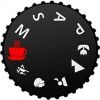Caffeine Priority: Big Stopper ND filter opens up new photographic opportunities
posted Friday, March 11, 2016 at 7:00 AM EST
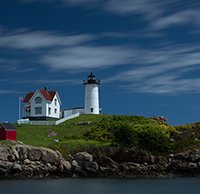
Since purchasing a Lee Big Stopper filter a few years ago, it has provided me with many distinct photographic opportunities. Without a Big Stopper, I wouldn't even consider taking landscape images at certain times of the day or with certain lighting, but its ability to block ten stops of light allows me to capture images in challenging conditions.
For example, if your normal shutter speed is 1/1000s, then adding the Big Stopper to the front of your lens will decrease your shutter speed all the way down to 1 second. You can see the full exposure guide below for more examples below:
| Normal shutter speed (s) | Big Stopper shutter speed |
| 1/1000 | 1 second |
| 1/500 | 2 seconds |
| 1/250 | 4 seconds |
| 1/125 | 8 seconds |
| 1/60 | 15 seconds |
| 1/30 | 30 seconds |
| 1/15 | 1 minute |
| 1/8 | 2 minutes |
| 1/4 | 4 minutes |
| 1/2 | 8 minutes |
| 1 | 16 minutes |
| 2 | 32 minutes |
To achieve this light-blocking effect, the filter has to be basically black glass, so it becomes very difficult to compose or focus images while the filter is in place. I have to ensure that I have my lens in manual focus mode so that I don't accidentally attempt to focus through the filter and have to start the process over again.
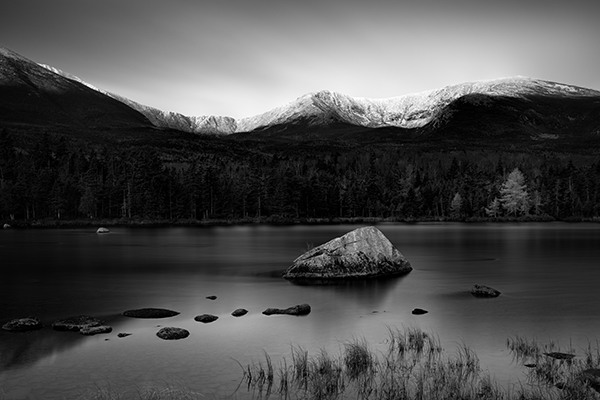
In addition to needing to remove the filter for focusing, I have also found that covering the viewfinder is important, particularly when shooting in bright light. When using a DSLR, light can get in through the viewfinder during long exposures and cause problems, such as odd colors or bright spots on an image. I recommend using a remote release and sturdy tripod, as well, when working with the Big Stopper, as shutter speeds will often be quite long and camera shake can ruin an image.
Getting the correct exposure when using the Big Stopper can be a matter of trial and error, although the exposure guide above can set you on the right track. Your camera probably won't be able to meter exposure or white balance accurately through the Big Stopper, especially if you need really long shutter speeds, so switching to manual mode and manual white balance are necessary.
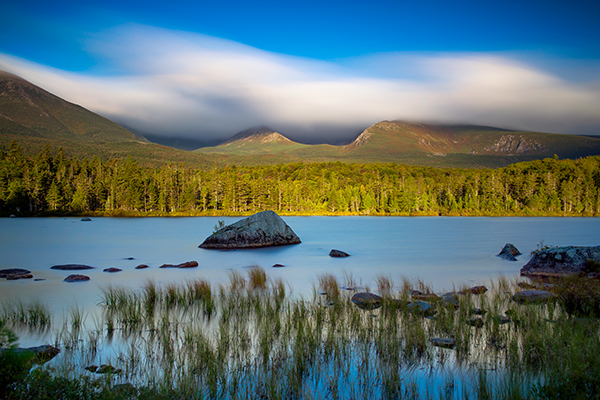
Color casting is an issue with the Lee Big Stopper, too, as images can take on a blue color cast. Setting my white balance to 10,000 K gets me in the ballpark, but I often utilize Nik Software plug-ins in Photoshop and use "Pro Contrast" to remove color casting. Every situation is different, but this and a little added warmth typically gives me the appearance I'm looking for. With that said, the Big Stopper is particularly well-suited to black and white photography, too, so I don't always worry about color casting.
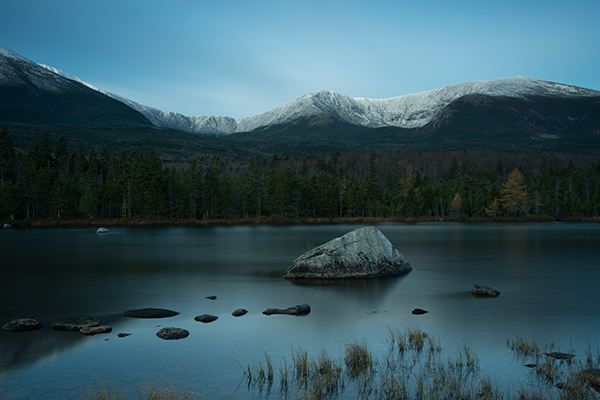
Optically, I've been very impressed with the Big Stopper filter. Any time that you are adding additional glass in front of your lens, you run the risk of decreasing sharpness, increasing vignetting, or introducing aberrations, however, the Big Stopper has performed well overall. I've been able to capture many sharp images when using the Big Stopper, although it does cause some issues with vignetting with my lens at wide angles.
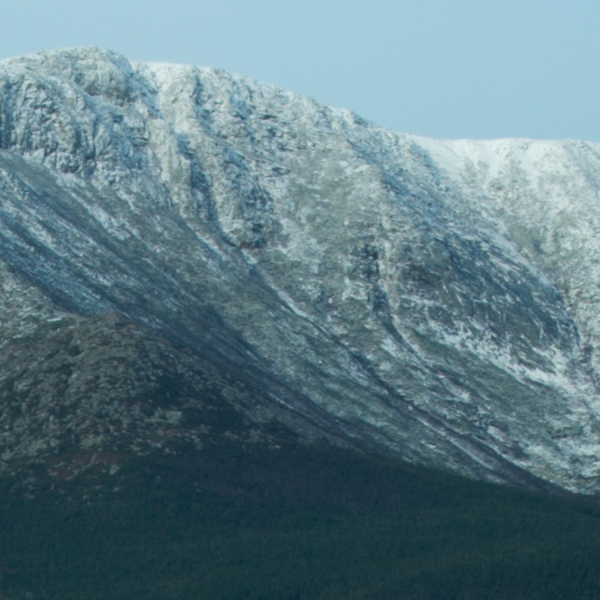
Since my purchasing the Big Stopper, Lee has added two more neutral density filters to their lineup. They offer a 6-stop Little Stopper neutral density filter, as well as the recently announced 15-stop Super Stopper neutral density filter. And although I use a 100mm x 100mm size filter in a filter holder attached to my Nikon 24-70mm f/2.8G lens, the Lee Big Stopper is available in multiple sizes. All of their "Stopper" filters are available in 100mm x 100mm, 150mm x 150mm (SW150-compatible), and 75mm x 90mm (Seven5-compatible) sizes. Prices range from $85 for the Seven5 size filters to $175 for the SW150 size filters.
Lee Filter products are available here, and you can read more about the Lee Filters System here.
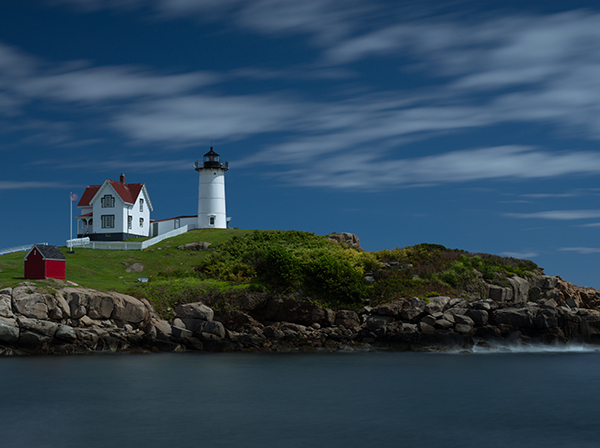


{Craving more Caffeine Priority? ...Please Help Yourself!}
Caffeine Priority is a new series of short photo-tidbits to ease you into your day, and give us a chance to share a bit more of what life’s like here at IR. We're more like a group of friends testing and talking about cameras and lenses than the buttoned-down, big-corporation world that some of our photo-friends at other companies work in; hopefully these little snippets will share some of that. So... grab another coffee and join in the conversation with us down below!

